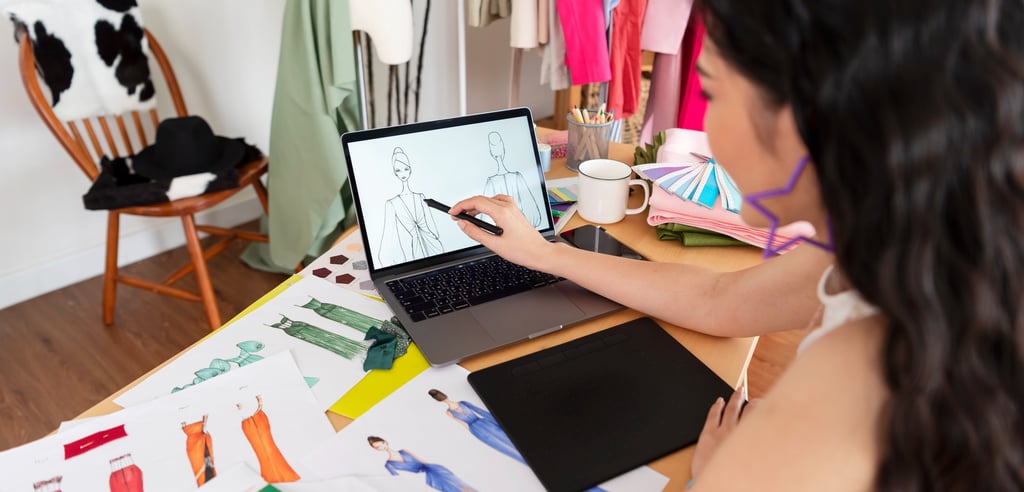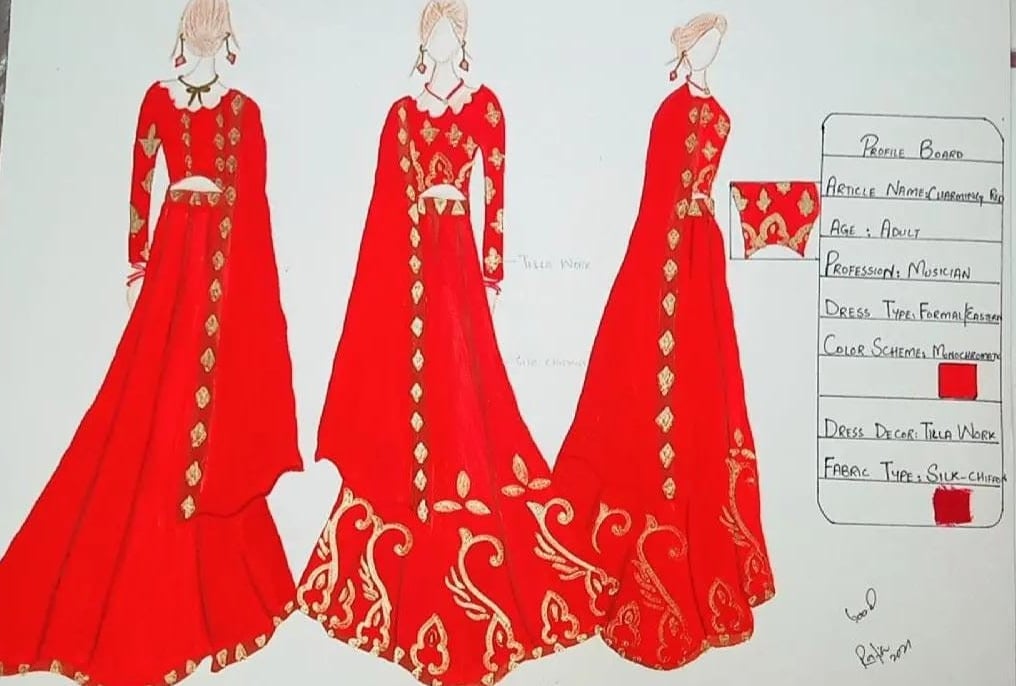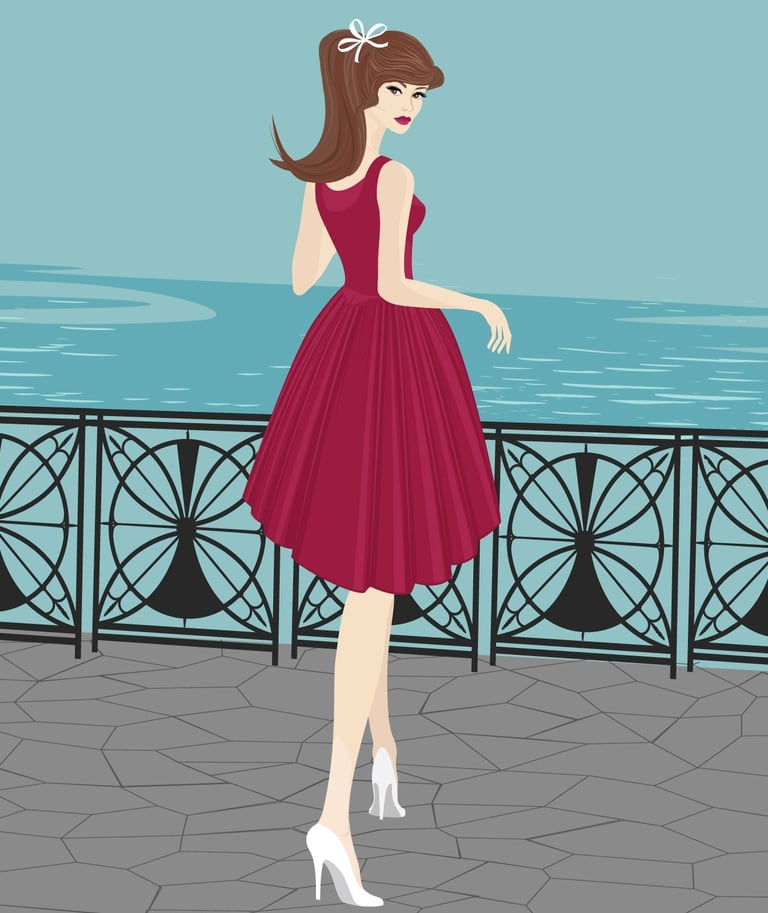How to Manage a Theme-based Collection for a Brand? (Part 2)
Discover the secrets to successfully managing a theme-based collection for your brand in our latest blog. Whether you're in fashion, retail, or any other industry, crafting collections with a distinct theme can make a powerful impact on your brand's identity and customer engagement. Dive into the world of theme-based collections and watch your brand's story come to life.
FASHION ILLUSTRATIONFASHION
Dr. Yashla Ateeq
10/21/20232 min read


Continued from........ Part (1)
The design process cannot move further unless we decide on a theme and start working on it. By creating research boards, mood boards, and color boards, we may gather enough inspiration for managing our collection. We learned how to use cuts, curves, colors, and textures related to our theme. So, our future designers, let's start designing a brand collection. You're unsure and a little scared since you believe it will be a challenging procedure. How can we do it?
Don't worry; I'll explain the process step by step.
First, create development sheets. And what exactly are development sheets?
Development Sheets:
Development sheets mainly include design illustrations with a detailed sketch or digital presentation of garments. It consists of front, back, and side view of a dress.
Technical Drawings:
The detailed dimensions, measurements, and specs for any element of designs, like seams, pockets, and collars are called technical drawings. These drawings guarantee precision and uniformity in production.
Bill of Materials (BOM):
It is a list of all the materials required to create the design, including fabrics, trims, zippers, buttons, and labels. It ensures that the correct materials are sourced and used.
Color Codes:
To ensure color consistency across several batches, designers often utilize Pantone or other color codes that indicate the precise colors to use in their work.
Profile Board:
A profile board is a prime element in development sheets. It mainly includes the article name, age group (for which age the dress is designed), profession (for which professions it is suitable), dress type (formal, informal, western, eastern), color scheme, dress decor items, and fabric type, attaching fabric swatches can provide better understanding.
Development sheets are mainly communication sources between designers, pattern makers, and manufacturers. All details are mentioned in the profile board with the digital representation of the garment. It ensures accuracy in dress design and minimizes misunderstandings and errors.


Presentation Sheets:
Presentation sheets capture the intended atmosphere, style, and emotion of the collection of sketches. They provide a visual roadmap for the entire project. Presentation sheets include the dress illustration along with a beautiful background that depicts the specific theme related to the dress. It visually conveys the influences and story behind the collection. They contribute to the visual branding of the fashion label, creating a cohesive and recognizable image in the market.
Fashion presentation sheets aren't simply visually appealing; they also serve as the visual stories that bring a designer's imaginative concept to life. These sheets are crucial tools for communicating a collection's essence, style, and inspiration in the field of fashion that concentrates on images.


